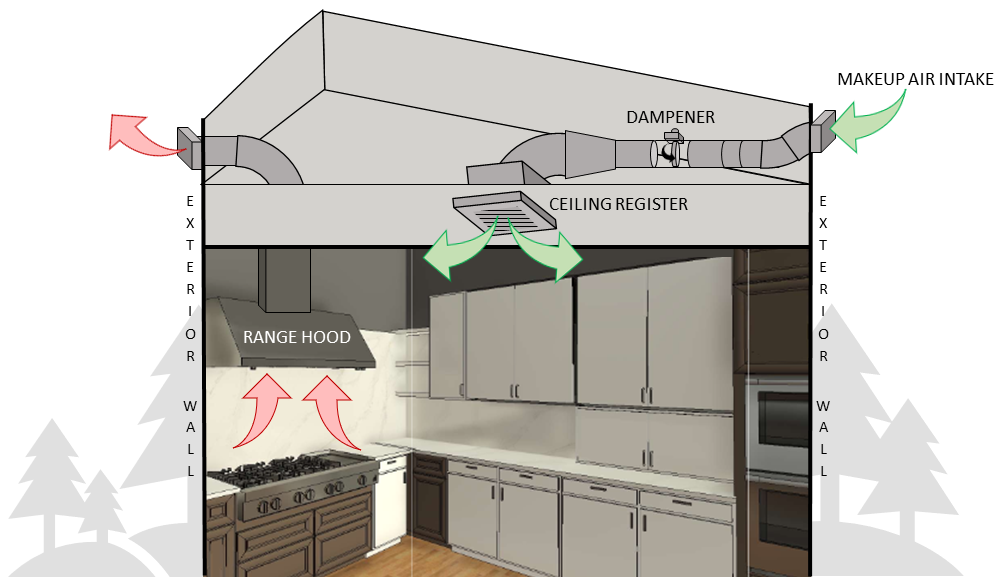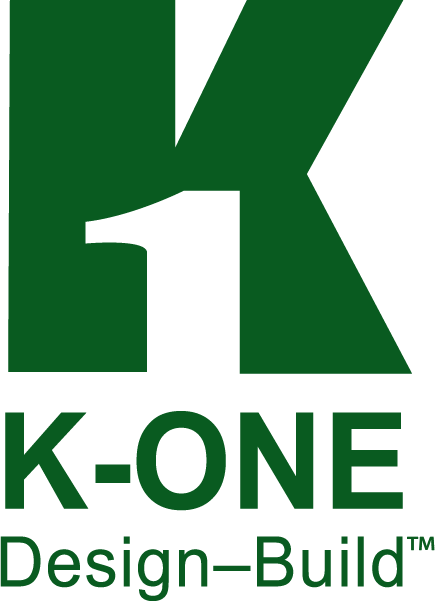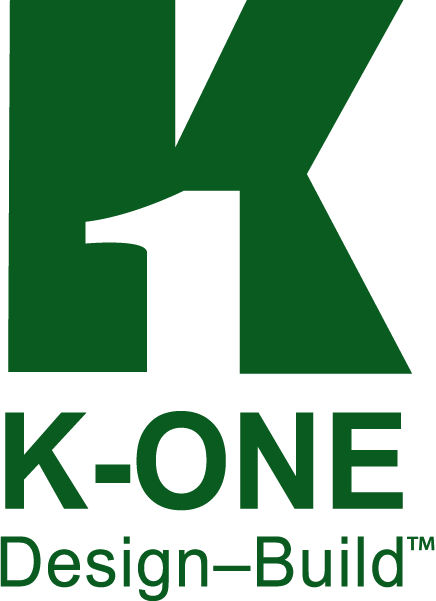
High-powered, decorative range hoods are very on-trend right now. But did you know they can add unexpected costs to your project in addition to the cost of the designer hood itself?
Many designer hoods pull a large volume of air out of the home. In a well-sealed, modern home, this can create a vacuum and, in some instances, can be dangerous, particularly in the case of gas appliances within the building envelope. In the Virginia 2018 Building Code, Virginia has adopted code requirements to reduce the dangers posed to home occupants

505.4 Makeup Air Required
“Exhaust hood systems capable of exhausting more than 400 cfm (0.19 m3/s) shall be provided with makeup air at a rate approximately equal to the exhaust air rate. Such makeup air systems shall be equipped with a means of closure and shall be automatically controlled to start and operate simultaneously with the exhaust system.”
M1503.6.1 Location
“Kitchen exhaust makeup air shall be discharged into the same room in which the exhaust system is located or into rooms or duct systems that communicate through one or more permanent openings with the room in which such exhaust system is located. Such permanent openings shall have a net cross-sectional area not less than the required area of the makeup air supply openings.”
In simple terms, this means if your range hood is rated to pull more than 400 CFM, you need to have:
- a makeup air system installed to replace the air being removed from the home.
- both the makeup air system and the range hood turn on at the same time—functioning as a team.
This can be a natural draft system for some smaller hoods, but an active fan system will be required for higher-powered hoods to make up the volume.
What does this mean for my project?
If you decide to purchase a high-end kitchen range hood, chances are that you’ll probably need to buy a pressure relief damper or a make-up air system (Logue & Singer, 2014). Adding a fan system to meet the standard will increase the overall cost of your project. Systems run from a few hundred dollars into the thousands of dollars for the unit, though the more powerful the system needs to be, the more expensive it will be as well. It will also incur costs for installation and electrical wiring which will vary based on the type of system needed.
What are the types of Makeup Air Systems?
Natural Draft
Just like the name implies, this is not a mechanical system. Since nature abhors a vacuum there will be a natural draft created by the pulling of the range hood. By providing a way for air to return to the space in the form of a duct with a damper, the code requirement can be satisfied. Mechanical engineers have a fantastic array of tables and tools to help them determine just how big in diameter that duct needs to be. This system works well for smaller CFM requirements but the ducts quickly become too big to be practical for more powerful hoods
Mechanical Draft
This system mechanically pushes air into the home with fans. You can think of it like a reverse range hood. There are systems available that have heat recovery—essentially putting the heat the range hood is pulling out of the house back into the air that is coming into the house. Some others offer the ability to simply heat the air passing into the home.
How to Avoid it?
Pick a smaller fan that is meant for homes and residential spaces. It’s possible to still get the range hood look you want without going industrial. Check the product specifications to ensure the cfm is lower than 400. This will help you save when remodeling your kitchen! Contact K-One Design & Build today!

